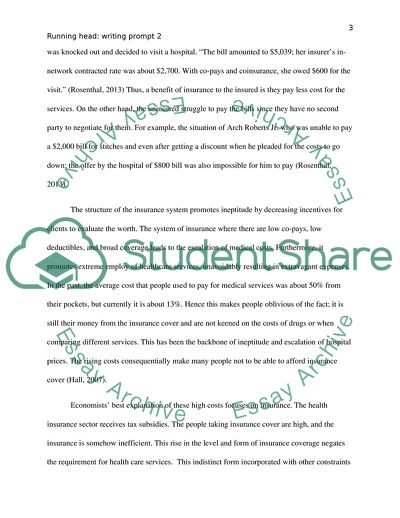Cite this document
(Prompt 2 -Economic Concepts Related to Financing, Insurance, Essay, n.d.)
Prompt 2 -Economic Concepts Related to Financing, Insurance, Essay. https://studentshare.org/medical-science/1811552-high-costs-of-medical-services
Prompt 2 -Economic Concepts Related to Financing, Insurance, Essay. https://studentshare.org/medical-science/1811552-high-costs-of-medical-services
(Prompt 2 -Economic Concepts Related to Financing, Insurance, Essay)
Prompt 2 -Economic Concepts Related to Financing, Insurance, Essay. https://studentshare.org/medical-science/1811552-high-costs-of-medical-services.
Prompt 2 -Economic Concepts Related to Financing, Insurance, Essay. https://studentshare.org/medical-science/1811552-high-costs-of-medical-services.
“Prompt 2 -Economic Concepts Related to Financing, Insurance, Essay”. https://studentshare.org/medical-science/1811552-high-costs-of-medical-services.


